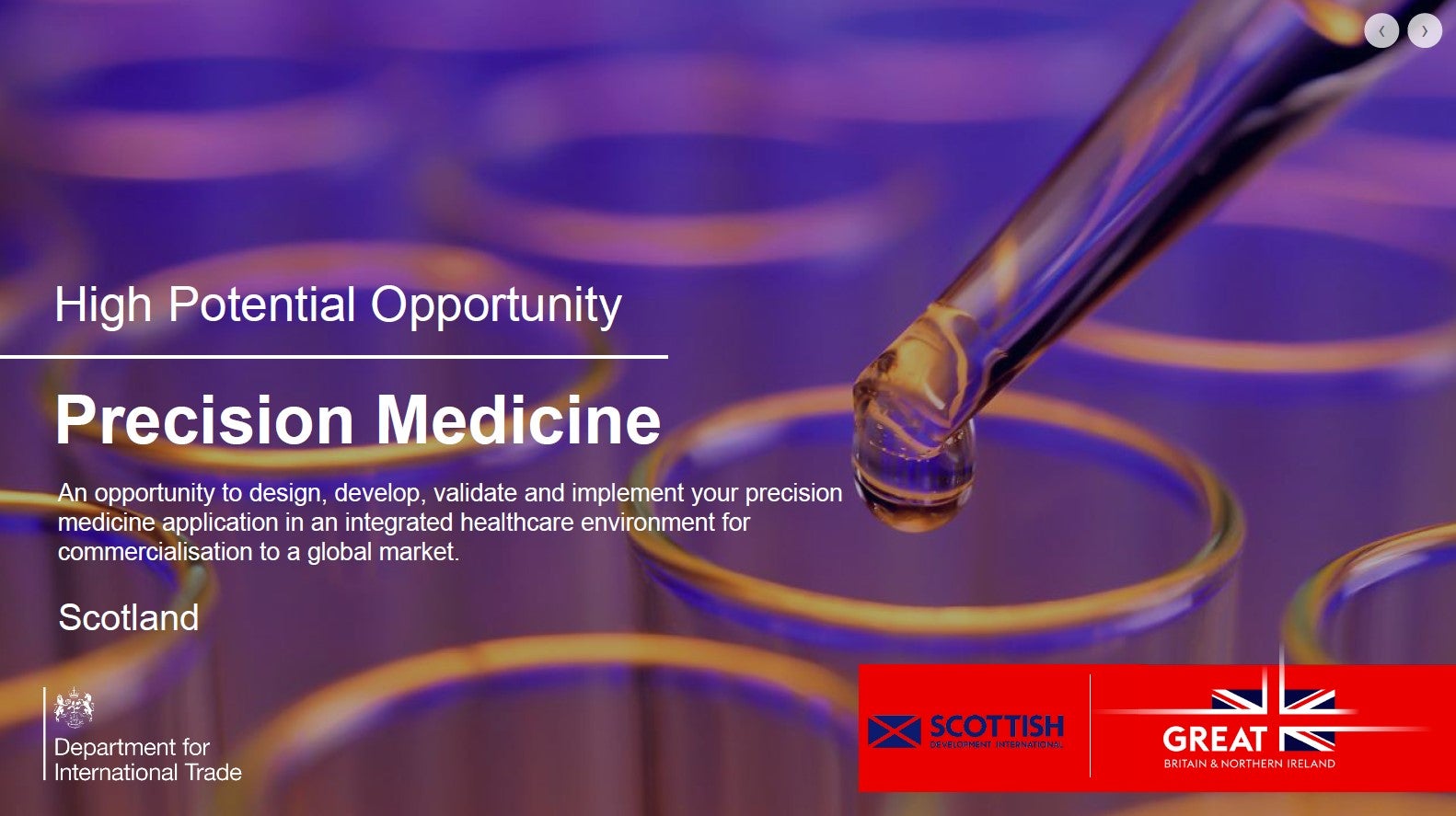
Over the past few decades, the rise of biologics has been nothing short of meteoric. Between 2010 and 2017, around a quarter of the new molecular entities approved by the US Food and Drug Administration (FDA) fell into this bracket (63 out of a total of 262). That may not sound like a lot, but since biologics are much more expensive than small molecule drugs, they account for most of the world’s top-selling drugs by revenues. They also represent one of the fastest growing categories in pharma.
Unfortunately, biologics have a major downside when it comes to delivery. Unlike small molecule drugs, which can generally be taken orally, biologics are large, complex entities that degrade rapidly in the gastrointestinal tract. Weighing between 200 and 1,000 times the size of a small molecule drug, they almost always need to be delivered via injection or infusion. This is far less convenient than swallowing a pill, not to mention far more costly.
To take diabetes management as an example, most people with diabetes still rely on multiple daily injections. Inhalable insulin has been tried out (as per Exubera in 2006 and Afrezza in 2014) but both suffered with safety concerns and poor sales volume. Oral insulin – the holy grail of diabetes treatment – has yet to hit the market.
Improving stability and permeability
There are dozens of groups around the world intent on creating oral delivery methods. Some focus on modifying the drugs’ chemical structure to improve their stability in the body. Others focus on the epithelial barrier in the gut – if you can make that more permeable, large molecules will be able to pass through more easily.
To give an example of the first approach, researchers at EFPL in Switzerland are working on a method to deliver peptides orally. In 2018, the team developed ‘double bridged peptides’ – a structure with much more stability than a typical amino acid chain. Unfortunately, despite this added stability, most of them still disintegrated in the digestive tract.
Since then, the researchers have found a way to trawl through a peptide ‘library’ (billions of random peptide sequences, twisted into the double bridged format) to identify the ones that actually are stable. After they have isolated the surviving candidates, they do further tests to find the ones that bind to the disease target.
“It’s a bit like searching for a needle in a haystack, and this method makes this easy,” said Professor Christian Heinis, the lead researcher.
An example of the latter approach comes from Israeli biotech Chiasma. Its Transient Permeability Enhancer (TPE) aims to protect drug molecules from digestive enzymes, as well as triggering the temporary expansion of tight spaces in that gut barrier.
This gives just enough space for the drug molecule to pass into the bloodstream, but not enough space for viruses and bacteria. Last year, the company completed a phase III trial on oral capsules called Mycapssa, which could be used as a maintenance treatment for acromegaly.
Nanotechnology within drug delivery
There are also a number of oral delivery approaches involving nanoparticles. As the thinking goes: if you incorporate the drug into tiny transporting particles, those particles will be able to protect it from stomach acid, as well as accurately targeting its delivery.
Researchers at Houston Methodist Research Institute in Texas are trialling one such approach, in which a peptide-based drug is chemically linked to fatty acids, and packaged in a nanoparticle. In mouse studies, the animals absorbed almost a quarter of the drug dosage (a lot, considering the typical oral bioavailability for a biologic stands at around 1%).
“We know the human body can absorb fatty acids, so we decided to chemically link biological drug molecules to fatty acids to see how well these drugs are absorbed into the gastrointestinal system. It turns out that our ‘transporter approach’ was effective,” said Dr Haifa Shen, Professor of Nanomedicine at Houston Methodist.
Nanotechnology could have many further applications within drug delivery. In particular, it could be used for delivering drugs across the blood-brain barrier, a network of blood vessels that functions a bit like neurological armour. While this barrier protects the brain from harmful chemicals, it also prevents therapeutic agents from getting through.
Researchers at Cedars-Sinai Medical Center in California are working on a new type of nano-immunotherapy, which could deliver cancer drugs directly into brain tumours. Again, they are at an early stage of research, but mouse studies have shown promising results.
“Current clinically proven methods of brain cancer immunotherapy do not ensure that therapeutic drugs cross the blood-brain barrier,” said Dr Julia Ljubimova, Professor of Neurosurgery and Biomedical Sciences at Cedars-Sinai. “Although our findings were not made in humans, they bring us closer to developing a treatment that might effectively attack brain tumours with systematic drug administration.”
The promise of microneedles
Another exciting research avenue is microneedles. The promise is clear – a minimally invasive, painless technique that could deliver the drug through the skin.
One example is a smart, adhesive insulin-delivery patch, being developed by bioengineers at UCLA. The patch, which is adhesive and resembles a sticking plaster, is pre-loaded with insulin and releases the medicine once blood sugar levels exceed a certain threshold. The technology has been accepted into the FDA’s Emerging Technology Program, and human trials could start within the next few years.
US biotech Rani Therapeutics is combining both approaches – microneedles and oral biologics delivery – with its so-called ‘robotic pill’. This capsule, which could be used to deliver a number of biologics, moves through the stomach intact, before reaching the desired location in the gut. Here, it releases biodegradable microneedles, which inject the biologic.
This delivery system is still at an early stage of development, but in preclinical tests it performed as well as a subcutaneous injection. The company also has one human trial to its name – a phase I trial for a drug called octreotide, which is normally injected intravenously.
While these research groups, and many others, are seeing promising results in the lab and early trials, it remains to be seen which new delivery methods will become a clinical reality. Given the challenges associated with existing delivery methods, and the seemingly unstoppable rise of biologics, there is everything to play for.




